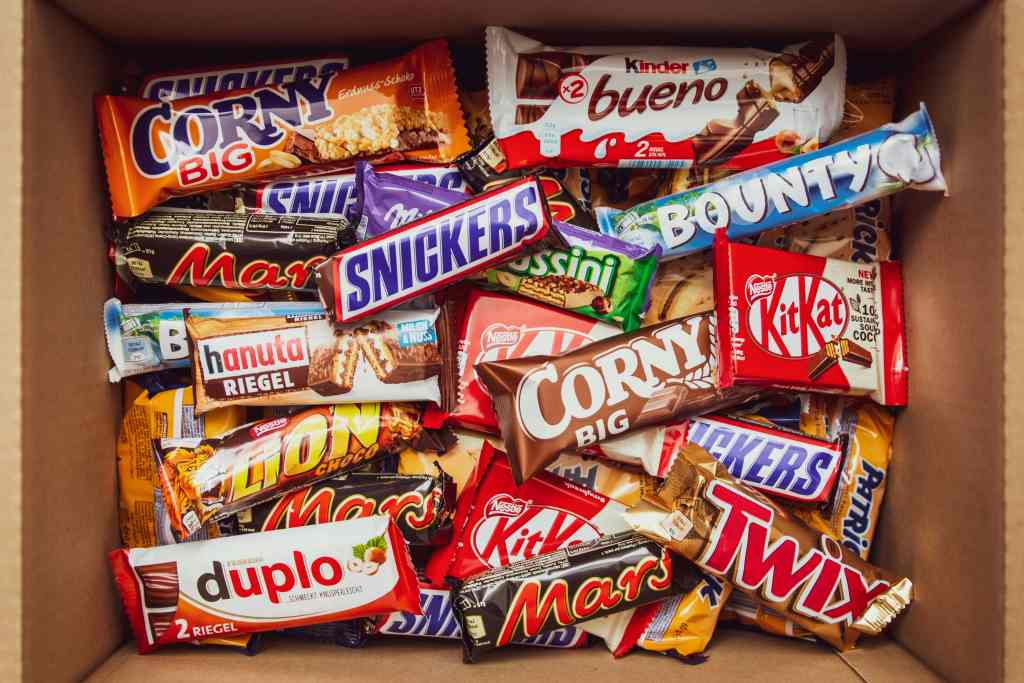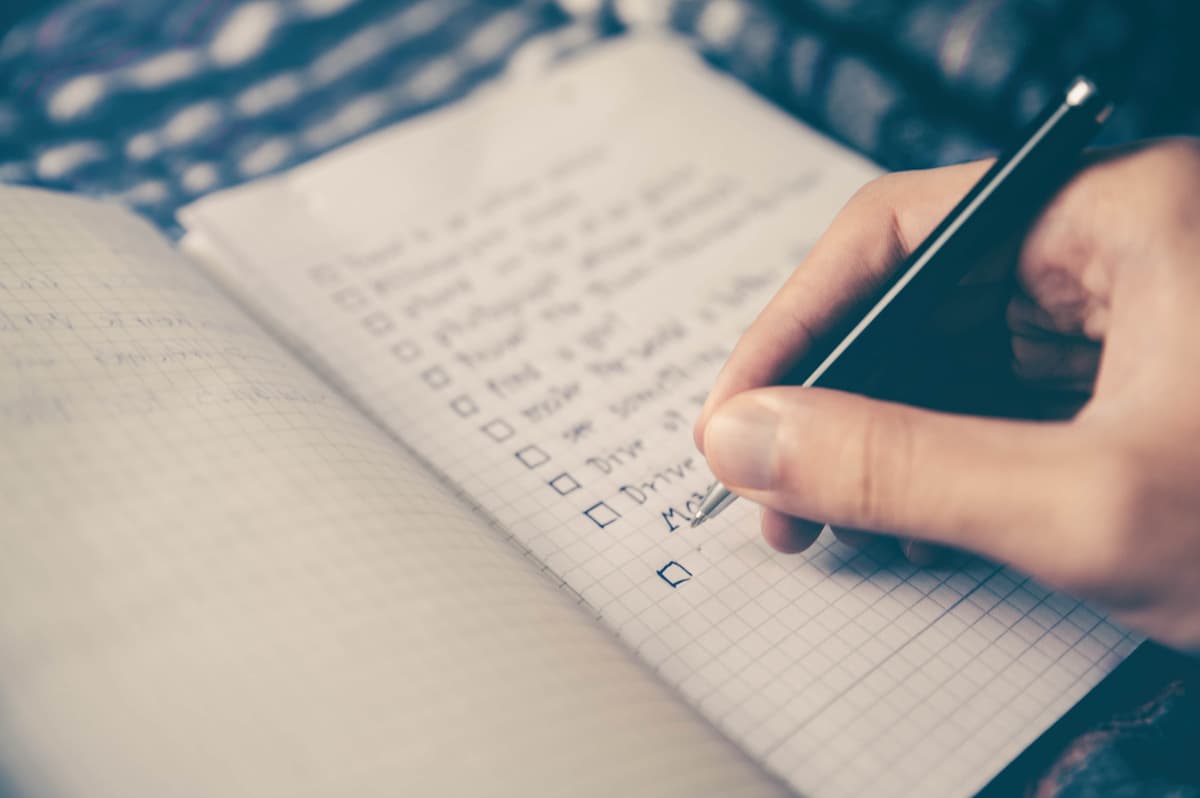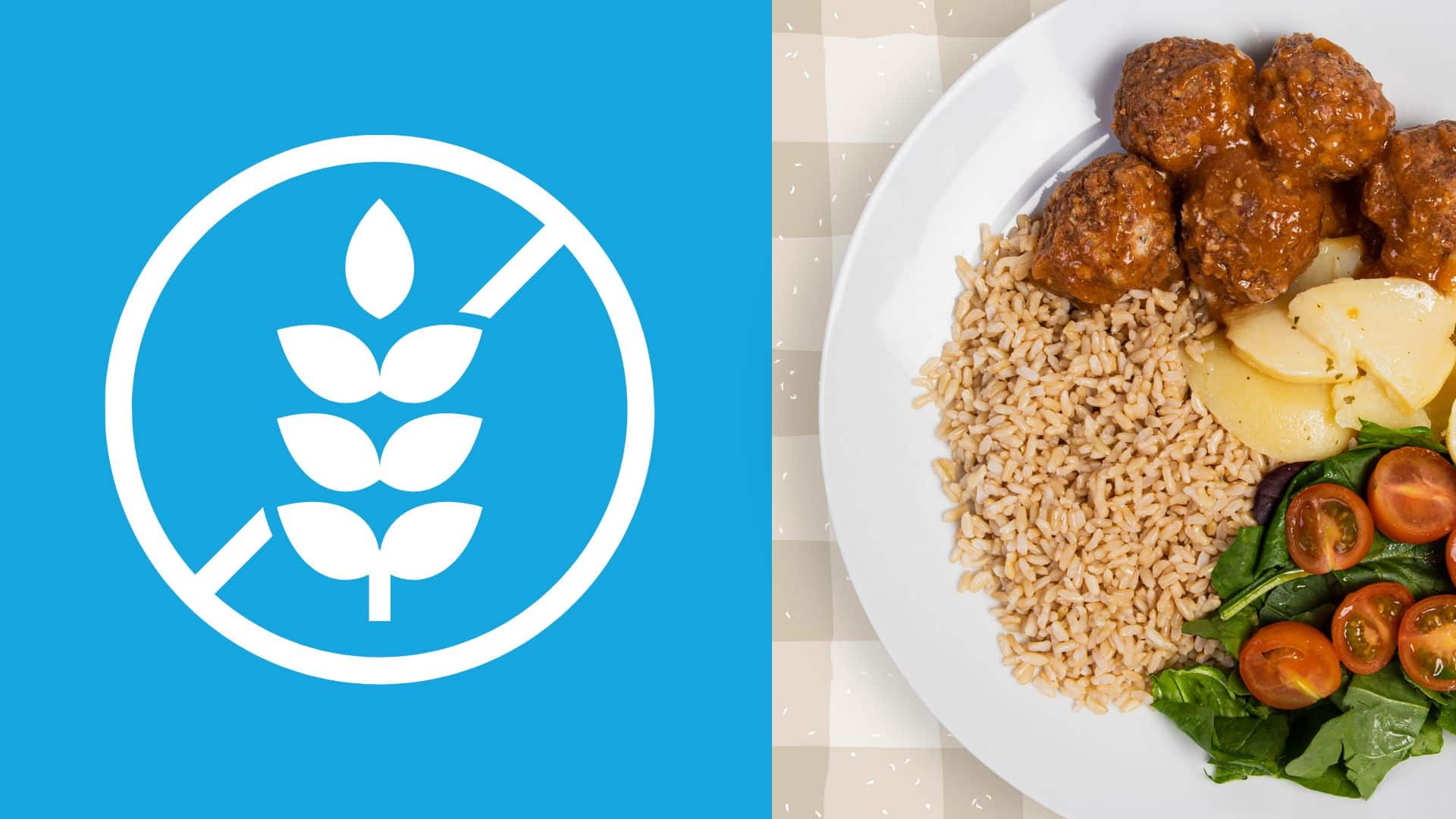
It’s 10 pm and you’re mindlessly rummaging through the pantry. You switch to the fridge to see if it contains anything better, and you can’t tell if you’re actually hungry or you just want to eat.
After-dinner and before-bedtime snacking when you’re not hungry can result in consuming unneeded calories. Here’s 5 ways to prevent late-night snacking that you may regret the next morning.

Since proteins are the main building blocks of your body, they serve as the most filling macronutrient. In other words, protein keeps you full for the longest time, and eating foods high in protein can help you consume fewer calories.
In addition, increasing your protein intake could offer health benefits, including protection against obesity, boosting metabolism, and boosting the immune system.
Foods high in protein include salmon, Greek yogurt, chicken, and eggs.

Going into the day without a meal schedule creates an endless cycle of snacking. Eating between meals leads to improper eating during mealtimes, and results in an inclination to snack.
First, planning your meals can help you control your portions and allows you to see how much you’re actually eating. This allows you to track calories, and also allows you to make sure you are eating a healthy amount of food at mealtime, so you don’t feel inclined to eat after your meal.
Second, it allows you to maintain a balanced diet. Planning your meals allows for more thought about the variety of foods you’re eating, and also prevents the tendency to reach for convenience foods, which are often low in nutrients. Planning what you’ll be eating gives you the opportunity to intentionally choose healthy meals and buy healthier foods instead of snacks.
Third, the two reasons above show that meal planning helps promote a sense of mindful eating, which prevents making impulsive food choices.

Eating while doing something else–for example, watching TV–can distract attention from what and how much is eaten, reduce satiety signals sent to the brain, and lessen memory of snacking.
Giving more attention to what’s happening on the TV takes attention away from how many chips you’re putting in your mouth, and also makes it easier to miss cues that you’ve eaten enough. Because it also prolongs the time period that you’re eating, it leads to overeating.
As the nighttime is often utilized for relaxation such as playing video games and watching TV, getting into the habit of mindful snacking can prevent wanting to eat while doing these things, curbing snacking late at night.

Oftentimes, dehydration can mask itself as hunger. When you feel the urge to snack, drink a glass of water. Wait for a few minutes to see if the hunger cues persist, because you might just be thirsty.
Drinking water can contribute to a feeling of fullness, so drinking water before meals or consistently throughout the day can reduce the desire to eat.
People can eat as a coping mechanism when they are sad, depressed, or angry. Mindless eating is more likely when your mind is distracted or preoccupied with something else.
Next time you’re eating, evaluate your hunger first and think twice before choosing to eat. Are you eating because you are physically hungry, or is it simply because you are stressed, bored, or procrastinating?
Furthermore, finding another way to cope with your emotions will prevent the urge to eat. When you do realize that you are eating because of an emotional need, think of another activity that will make you feel better. For example, instead of snacking on candy or a bag of chips, go for a walk, call a friend or family member, write in a journal, or listen to your favorite music.
The most important way to prevent late-night snacking is to be mindful. Be mindful of when you’re eating, what kind of foods you’re eating, and why you feel the urge to eat when you’re not hungry. By having a more balanced diet, planning your meals, drinking more water, getting into the habit of eating without distractions, and managing your mental health, you will feel less inclined to snack–especially late at night.

If you’re one of the millions of people who have celiac disease or gluten sensitivities, you know that searching for gluten-free food can be an added dietary challenge. It takes effort to find which foods are safe to eat and which foods can cause negative reactions. Despite this challenge, it is still possible to enjoy …

Does eating a healthy diet require you to give up fast food? Not always. If you choose wisely while placing your fast food order, you can incorporate occasional fast food consumption into a balanced diet. Keep these recommendations in mind. Next time you head to your local fast-food restaurant, these five suggestions can help you make …

Wheatgrass, the newly sprouted grass of the common wheat plant Triticum aestivum, has been revered as a potent health elixir with many benefits. Known for its vibrant green color and impressive nutritional profile, wheatgrass is packed with vitamins, minerals, enzymes, and amino acids. This nutrient-dense superfood has been praised for its detoxifying properties, immune-boosting capabilities, …